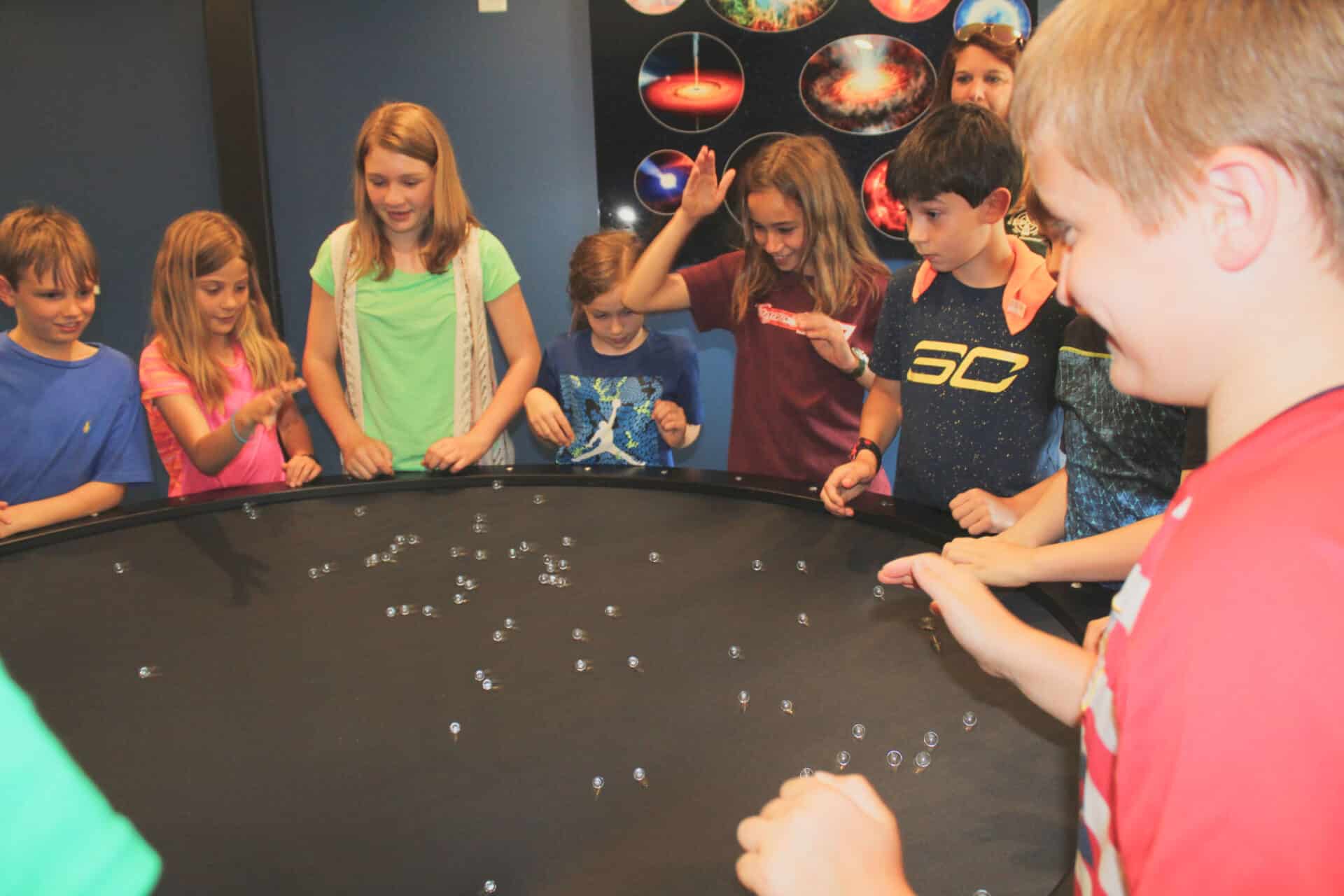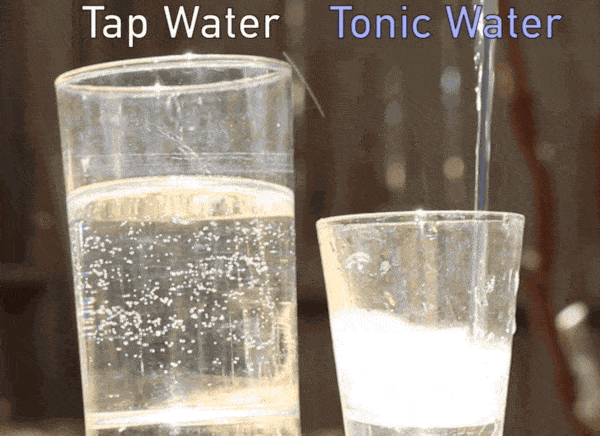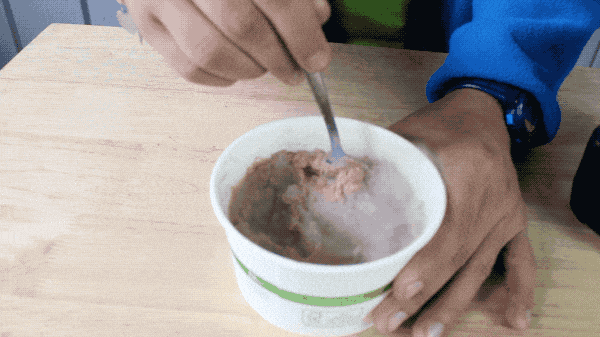
Science is full of words to describe the glowing process. We use bioluminescence for the glimmer of plankton, phosphorescence for the slow, ghostly shine of glow-in-the-dark toys, and fluorescence for pigments that emit light while exposed to just the right energy source.
L to R: Fluorite sphere with phosphorescent coating, Don Mengason, Gemological Institute of America Inc.; bioluminescent phytoplankton on Vaadhoo Island in the Maldives, Kriss-Anne Gayle, Penn State University; mineral specimen fluorescing under UV light, James A. Van Fleet, Bucknell University.
Unless you live on a coastline rich with bioluminescence, fluorescence is the glow you’re most likely to encounter in everyday life. It’s present in white materials exposed to a blacklight and in the neon glare of highlighter ink. Tonic water appears colorless under visible light, but a distinct fluorescent glow appears when it’s bombarded with ultraviolet radiation!
Tonic water contains a fluorescent compound called quinine. Expose quinine molecules to UV rays and they get excited, or gain energy. Excited molecules modify the absorbed light and eventually re-release it. Unlike the invisible incident radiation, the emitted glow is apparent to the human eye.
Test this idea for yourself by taking tonic water outside on a sunny day! The blue glow is more obvious when compared to a glass of tap water– consider setting one up as a control. For more intense fluorescence, up the UV radiation by exposing your experiment to a blacklight.
Written By: Caela Barry





